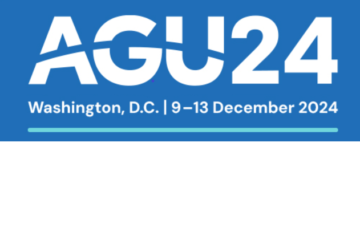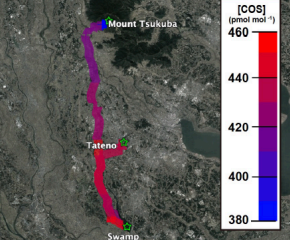Congratulations to the team at Linköping University for their work on drone mapping of methane emissions! Methane and ethane measurements were performed by a <2 kg Aeris Technologies analyzer.

Sensitive Drone Mapping of Methane Emissions without the Need for Supplementary Ground-Based Measurements
Methane (CH4) is one of the main greenhouse gas for which sources and sinks are poorly constrained and better capacity of mapping landscape emissions are broadly requested. A key challenge has been comprehensive, accurate, and sensitive emission measurements covering large areas at a resolution that allows separation of different types of local sources. We present a sensitive drone-based system for mapping CH4 hotspots, finding leaks from gas systems, and calculating total CH4 fluxes from anthropogenic environments such as wastewater treatment plants, landfills, energy production, biogas plants, and agriculture. All measurements are made on-board the drone, with no requirements for additional ground-based instruments. Horizontal flight patterns are used to map and find emission sources over large areas and vertical flight patterns for total CH4 fluxes using mass balance calculations. The small drone system (6.7 kg including batteries, sensors, loggers, and weather proofing) maps CH4 concentrations and wind speeds at 1 Hz with a precision of 0.84 ppb/s and 0.1 m/s, respectively. As a demonstration of the system and the mass balance method for a CH4 source that is difficult to assess with traditional methods, we have quantified fluxes from a sludge deposit at a wastewater treatment plant. Combining data from three 10 min flights, emission hotspots could be mapped and a total flux of 178.4 ± 8.1 kg CH4 d–1 was determined.


